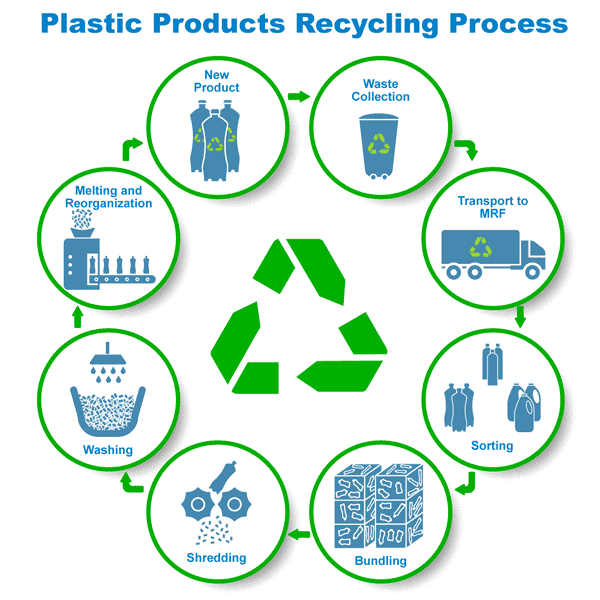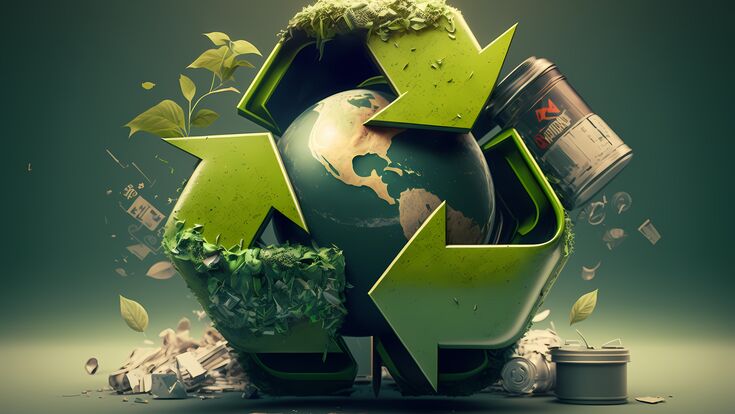Why Select Recycling Lives Services for Your Waste Management Demands
Why Select Recycling Lives Services for Your Waste Management Demands
Blog Article
Exploring Different Kinds Of Waste in Modern Waste Administration Solution
The contemporary landscape of waste management includes browsing a complicated array of waste kinds, each requiring specialized handling and disposal techniques to reduce environmental influences. Municipal solid waste, unsafe waste, digital waste, and organic waste each existing distinct obstacles and possibilities for source recovery. Cutting-edge solutions such as wise waste bins and waste-to-energy modern technologies are emerging as essential tools in enhancing efficiency and sustainability. Recognizing these waste types is vital for promoting public recognition and motivating energetic participation in lasting methods. What approaches can efficiently attend to these diverse kinds of waste while promoting a circular economy?
Local Solid Waste
Metropolitan strong waste, typically described as family garbage or trash, incorporates a range of disposed of materials created by domestic, industrial, and institutional sources within a community. This waste stream usually includes products such as packaging, food scraps, lawn trimmings, paper, plastics, fabrics, and discarded household products. The monitoring of municipal strong waste is an essential part of metropolitan planning and public health and wellness, necessitating reliable collection, transport, and disposal systems.
Effective waste administration systems are made to lessen environmental effect while taking full advantage of resource recuperation. This typically includes a mix of methods consisting of landfilling, composting, and recycling. Recycling programs target materials like paper, glass, metals, and particular plastics, diverting them from garbage dumps and reintroducing them right into the production cycle. Composting organic waste, such as food scraps and lawn trimmings, not just reduces land fill use however additionally creates important soil changes.
Districts must additionally deal with the economic and logistical challenges connected with waste management. Executing pay-as-you-throw systems, improving public recognition, and purchasing innovation can dramatically improve waste diversion rates. By incorporating these practices, communities can foster sustainable areas, decrease greenhouse gas discharges, and preserve natural deposits.
Hazardous Waste

Reliable hazardous waste administration includes several crucial steps: identification, disposal, therapy, and segregation. Recognition requires the category of waste based upon its unsafe buildings. Segregation ensures that dangerous products are kept separately from non-hazardous waste to protect against cross-contamination. Treatment methods, such as chemical neutralization, incineration, and stablizing, are used to minimize the toxicity, volume, or mobility of the waste. Finally, disposal options, including protected land fills and below ground storage space, are selected to guarantee long-term control.
Regulatory frameworks, such as the Resource Conservation and Healing Act (RCRA) in the United States, offer guidelines and standards for hazardous waste monitoring. Adherence to these laws, combined with innovations in waste treatment technologies, is crucial in mitigating the risks related to contaminated materials.
Digital Waste
Electronic waste, frequently referred to as e-waste, represents a rapidly expanding challenge in waste monitoring systems globally. This kind of waste incorporates discarded digital tools and devices such as mobile phones, computer systems, tvs, and other electronic appliances. The fast speed of technological innovation, combined with lowering item lifespans and customer need for the most recent devices, has exponentially boosted the volume of e-waste produced each year.
E-waste is specifically troublesome as a result of its complex structure, commonly containing unsafe substances like mercury, lead, and cadmium, which pose significant environmental and health dangers otherwise properly managed. On the other hand, e-waste also contains beneficial products such as gold, silver, and copper, which can be recuperated and recycled. The twin nature of e-waste-- both useful and hazardous-- requires specific handling, recycling, and disposal procedures.
Reliable e-waste management includes strict regulative structures, durable collection systems, and advanced reusing modern technologies. Public awareness and participation are vital, as inappropriate disposal practices, such as illegal disposing and informal recycling, intensify environmental contamination and carcinogen. Improving e-waste management practices is important for alleviating environmental impact and recovering valuable resources in an increasingly electronic globe.

Organic Waste
Organic waste, making up kitchen scraps, lawn trimmings, and farming deposits, represents a considerable portion of the international waste stream. This kind of waste is biodegradable, implying it can be broken down by bacteria into easier natural compounds. Regardless of its potential for all-natural decomposition, incorrect management of organic waste can bring about unfavorable ecological impacts, consisting of the emission of greenhouse gases such as methane, which add to climate adjustment.
Effective administration of organic waste is critical for lessening these ecological impacts (recycling lives services). Composting is a commonly taken on method, changing natural waste into nutrient-rich compost that can improve dirt health and farming performance. Additionally, anaerobic digestion is an arising modern technology that transforms natural waste right into biogas, a renewable resource resource, and digestate, which can be made use of as fertilizer
Municipalities and waste management entities need to apply durable organic waste collection and treatment programs to make best use of the benefits of these processes. Public education campaigns can also play an essential duty in motivating houses and businesses to different organic waste from other kinds of waste. By focusing on the administration of natural waste, societies can decrease landfill use, lower greenhouse gas exhausts, and develop beneficial results for farming usage.
.jpg)
Innovative Waste Monitoring
In the realm of waste management, innovative approaches are transforming how societies manage their refuse, intending for sustainability and performance. One famous technology is the application of go right here clever waste bins geared up with sensors that monitor fill degrees and enhance collection paths.
Another remarkable advancement why not try here is the adoption of waste-to-energy (WtE) innovations. By converting non-recyclable waste right into functional power through processes such as incineration and anaerobic food digestion, WtE decreases landfill worry and supplies a sustainable energy source. Additionally, innovations in chemical reusing permit the breakdown of intricate plastics into their original monomers, making it possible for the development of new, top quality plastic items.
Furthermore, the round economy design is gaining traction, emphasizing the style of products and systems that prioritize reusability and source efficiency. This all natural technique urges markets to minimize waste generation from the beginning. Via these innovative strategies, contemporary waste monitoring systems are not only resolving the instant challenges of garbage disposal however additionally paving the way for an extra lasting future.
Final Thought
A thorough understanding of local strong waste, harmful waste, digital waste, and organic waste, coupled with the implementation of cutting-edge waste administration remedies, is crucial for reducing environmental effects. Incorporating modern technologies such as smart waste bins and waste-to-energy systems can enhance effectiveness and sustainability. Reliable waste monitoring approaches not just foster source recuperation but also promote public awareness and participation, ultimately adding to the advancement of a round economic situation.
The modern landscape of waste administration includes navigating a complicated selection of waste kinds, each calling for specialized handling and disposal try here approaches to alleviate ecological effects. Metropolitan strong waste, unsafe waste, digital waste, and natural waste each existing unique difficulties and chances for resource recovery.Electronic waste, typically referred to as e-waste, stands for a rapidly growing challenge in waste management systems worldwide. With these ingenious approaches, modern-day waste monitoring systems are not only dealing with the immediate obstacles of waste disposal however likewise paving the means for a much more sustainable future.
A thorough understanding of local solid waste, hazardous waste, digital waste, and natural waste, paired with the implementation of cutting-edge waste management remedies, is important for reducing ecological impacts. (recycling lives services)
Report this page